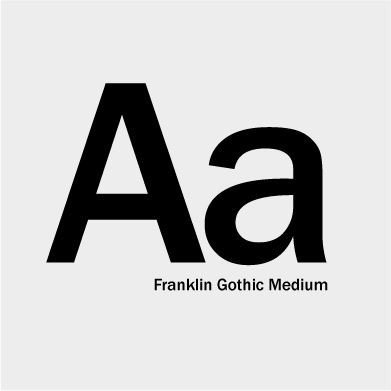
The History of Sans Serif Fonts: From Simplicity to Modern Design
Sans serif fonts are everywhere—from sleek websites to minimalist logos. But where did these clean, modern typefaces come from? The history of these fonts is a fascinating journey through design trends, printing innovation, and the digital age.

What Are Sans Serif Fonts?
Before diving into the history, let’s define them. The term comes from the French word “sans,” meaning “without.” Unlike serif fonts, sans serif fonts don’t have small lines or “feet” at the ends of letters. This makes them look simple, clean, and easy to read—especially on digital screens.
Early Beginnings: 18th to 19th Century
The first known example of this typeface appeared in the late 18th century. At the time, they were used mainly for decorative or attention-grabbing purposes. In 1816, the William Caslon foundry in England released the first sans serif font known as “Two Lines English Egyptian.” It wasn’t an immediate hit, but it planted the seed for future designs.

Rise in Popularity: Early 20th Century
By the early 1900s, sans serif fonts gained popularity, especially in Germany. The Bauhaus movement played a key role in this shift. Designers like Herbert Bayer championed functional, geometric forms—and these typefaces fit perfectly.
Futura, designed by Paul Renner in 1927, became one of the most iconic geometric fonts. Around the same time, Gill Sans by Eric Gill introduced a more humanist take on the style.
Mid-20th Century Icons
The mid-20th century brought some of the most widely used sans serif fonts ever. Helvetica, designed in 1957 by Max Miedinger, became a global standard for its versatility and neutrality. Univers, another Swiss design, also gained traction in corporate and public signage.
These fonts were embraced by brands, governments, and designers alike. They symbolized modernism, clarity, and trust.
In the Digital Age
With the rise of computers and smartphones, sans serif fonts have become even more dominant. Their readability on screens makes them ideal for web design and user interfaces.
Fonts like Arial, Roboto, and Open Sans were designed specifically for digital clarity. Today, companies use custom typefaces to define their brand identities across platforms.

Why Designers Still Choose Them
Designers love these fonts because they’re:
- Clean and modern
- Easy to read on screens
- Flexible for branding
- Great for minimalist designs
From high fashion to tech startups, sans serif fonts are the go-to choice when simplicity meets impact.
Would you like us to talk about any special subject? Contact us!
